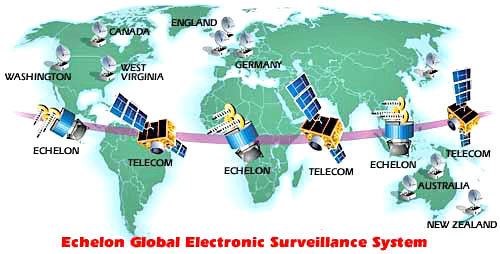 | ||
Disclosures Origins, Pre-2013, 2013–present, Reactions Systems XKeyscore, PRISM, ECHELON, Carnivore, Dishfire, Stone Ghost, Tempora, Frenchelon, Fairview, MYSTIC, DCSN, Boundless Informant, Bullrun, Pinwale, Stingray, SORMRAMPART-A, Mastering the Internet, Jindalee Operational Radar Network Agencies NSA, R&AW, CSE, BND, CNI, ASIO, DGSE, Five Eyes, FSB, MSS, GCHQ Places The Doughnut, Fort Meade, Menwith Hill, Pine Gap, Southern Cross Cable, Utah Data Center, Bad Aibling Station, Dagger Complex, GCHQ Bude Laws Five Eyes (UKUSA Agreement, Lustre), U.S (USA Freedom Act, FISA amendments), EU (Data Retention Directive, GDPR, China (National Intelligence Law, Cybersecurity Law), UK (Investigatory Powers Act 2016) Proposed changes U.S (FISA Improvements Act, Other proposals) Concepts Mass surveillance, Culture of fear, Secure communication, SIGINT, Call detail record, Surveillance issues in smart cities Related topics Similar Fairview (surveillance program), Bullrun (decryption program), Pinwale | ||
Echelon the secret power documentary
ECHELON, originally a secret government code name, is a surveillance program (signals intelligence/SIGINT collection and analysis network) operated on behalf of the five signatory nations to the UKUSA Security Agreement—Australia, Canada, New Zealand, the United Kingdom and the United States, also known as the Five Eyes.
Contents
- Echelon the secret power documentary
- Name
- Public disclosures 19882000
- European Parliament investigation 20002001
- Confirmation of ECHELON 2015
- Organization
- Likely satellite intercept stations
- Other potentially related stations
- History and context
- Concerns
- Workings
- In popular culture
- References
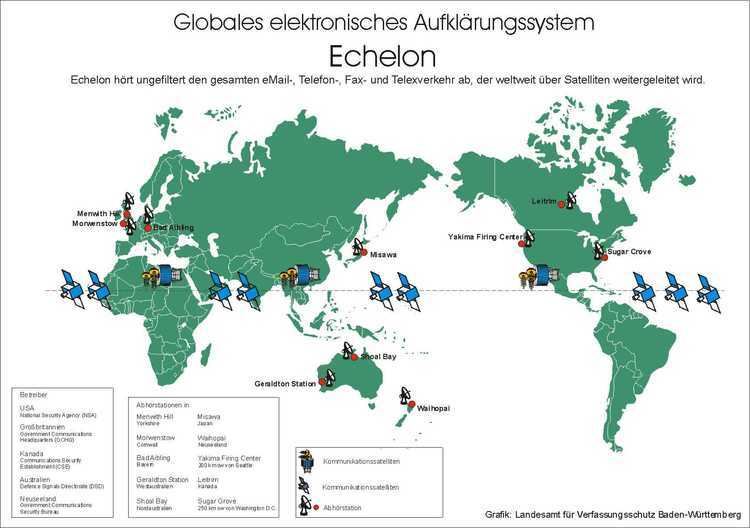
The ECHELON program was created in the late 1960s to monitor the military and diplomatic communications of the Soviet Union and its Eastern Bloc allies during the Cold War, and was formally established in 1971.
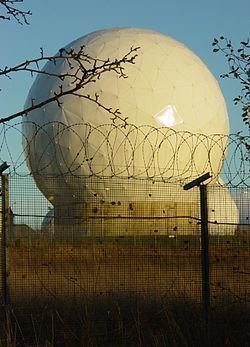
By the end of the 20th century, the system referred to as "ECHELON" had allegedly evolved beyond its military and diplomatic origins, to also become "…a global system for the interception of private and commercial communications."
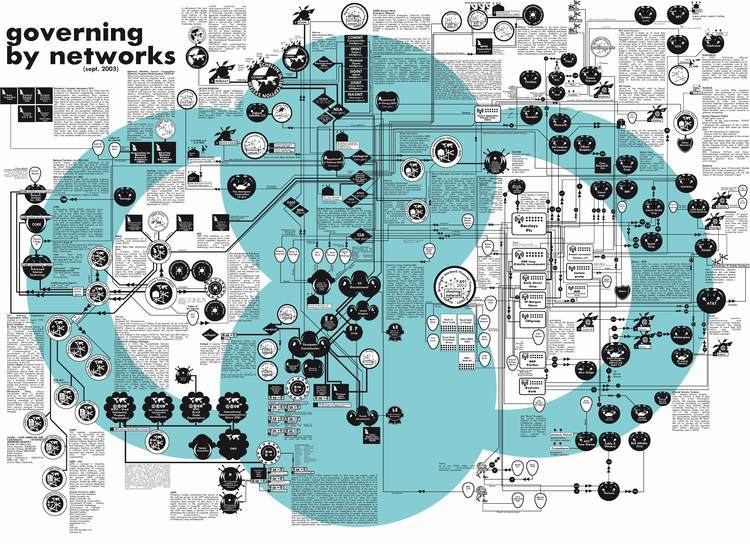
Name
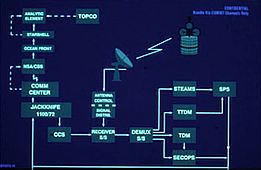
The European Parliament's Temporary Committee on the ECHELON Interception System stated, "It seems likely, in view of the evidence and the consistent pattern of statements from a very wide range of individuals and organisations, including American sources, that its name is in fact ECHELON, although this is a relatively minor detail". The U.S. intelligence community uses many code names (see, for example, CIA cryptonym).
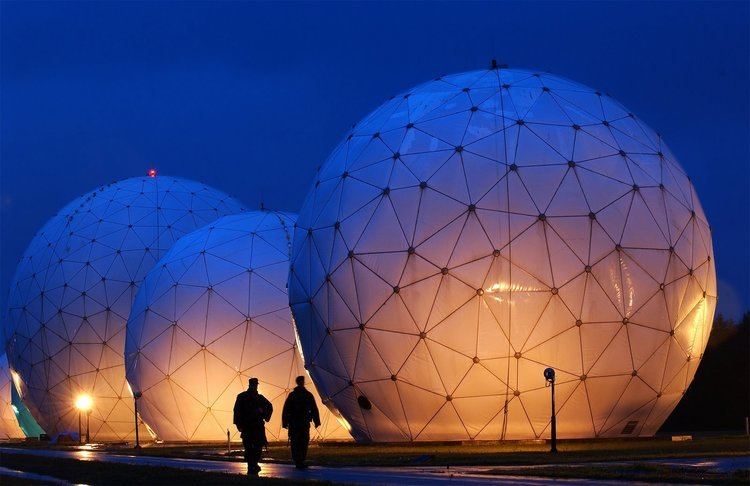
Former NSA employee Margaret Newsham claims that she worked on the configuration and installation of software that makes up the ECHELON system while employed at Lockheed Martin, from 1974 to 1984 in Sunnyvale, California, in the United States, and in Menwith Hill, England, in the UK. At that time, according to Newsham, the code name ECHELON was NSA's term for the computer network itself. Lockheed called it P415. The software programs were called SILKWORTH and SIRE. A satellite named VORTEX intercepted communications. An image available on the internet of a fragment apparently torn from a job description shows Echelon listed along with several other code names.
Britain's The Guardian newspaper summarized the capabilities of the ECHELON system as follows:
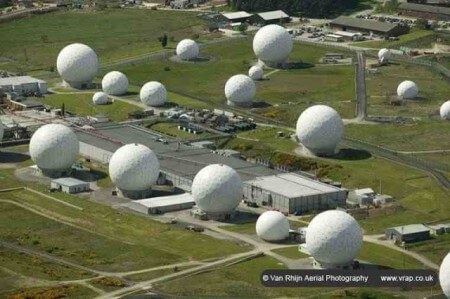
A global network of electronic spy stations that can eavesdrop on telephones, faxes and computers. It can even track bank accounts. This information is stored in Echelon computers, which can keep millions of records on individuals.
Officially, however, Echelon doesn't exist.
Public disclosures (1988–2000)
In 1988, the first disclosure of the ECHELON surveillance system originated from Margaret Newsham, a Lockheed employee. Newsham told a member of the U.S. Congress that the telephone calls of Strom Thurmond, a Republican U.S. senator, were being collected by the NSA. Congressional investigators determined that "targeting of U.S. political figures would not occur by accident, but was designed into the system from the start."
Also in 1988, an article titled "Somebody's Listening", written by investigative journalist Duncan Campbell in the New Statesman, described the signals intelligence gathering activities of a program code-named "ECHELON". James Bamford describes the system as the software controlling the collection and distribution of civilian telecommunications traffic conveyed using communication satellites, with the collection being undertaken by ground stations located in the footprint of the downlink leg.
In 1996, a detailed description of ECHELON was provided by New Zealand journalist Nicky Hager in his 1996 book Secret Power – New Zealand's Role in the International Spy Network. Two years later, Hager's book was cited by the European Parliament in a report titled "An Appraisal of the Technology of Political Control" (PE 168.184).
In March 1999, for the first time in history, the Australian government admitted that news reports about the top secret UKUSA Agreement were true. Martin Brady, the director of Australia's Defence Signals Directorate (DSD) told the Australian broadcasting channel Nine Network that the DSD "does co-operate with counterpart signals intelligence organisations overseas under the UKUSA relationship."
In 2000, James Woolsey, the former Director of the U.S. Central Intelligence Agency, confirmed that U.S. intelligence uses interception systems and keyword searches to monitor European businesses.
Lawmakers in the United States feared that the ECHELON system could be used to monitor U.S. citizens. According to The New York Times, the ECHELON system has been "shrouded in such secrecy that its very existence has been difficult to prove." Critics said the ECHELON system emerged from the Cold War as a "Big Brother without a cause".
European Parliament investigation (2000–2001)
The program's capabilities and political implications were investigated by a committee of the European Parliament during 2000 and 2001 with a report published in 2001. In July 2000, the Temporary Committee on the ECHELON Interception System was established by the European parliament to investigate the surveillance network. It was chaired by the Portuguese politician Carlos Coelho, who was in charge of supervising investigations throughout 2000 and 2001.
In May 2001, as the committee finalised its report on the ECHELON system, a delegation travelled to Washington, D.C. to attend meetings with U.S. officials from the following agencies and departments:
All meetings were cancelled by the U.S. government and the committee was forced to end its trip prematurely. According to a BBC correspondent in May 2001, "The US Government still refuses to admit that Echelon even exists."
In July 2001, the Temporary Committee on the ECHELON Interception System released its final report. On 5 September 2001, the European Parliament voted to accept the committee's report.
The European Parliament stated in its report that the term ECHELON is used in a number of contexts, but that the evidence presented indicates that it was the name for a signals intelligence collection system. The report concludes that, on the basis of information presented, ECHELON was capable of interception and content inspection of telephone calls, fax, e-mail and other data traffic globally through the interception of communication bearers including satellite transmission, public switched telephone networks (which once carried most Internet traffic), and microwave links.
Confirmation of ECHELON (2015)
Two internal NSA newsletters from January 2011 and July 2012, published as part of the Snowden-revelations by the website The Intercept on 3 August 2015, for the first time confirmed that NSA used the codeword ECHELON and provided some details about the scope of the program: ECHELON was part of an umbrella program codenamed FROSTING, which was established by the NSA in 1966 to collect and process data from communications satellites. FROSTING had two sub-programs:
Organization
The UKUSA intelligence community was assessed by the European Parliament (EP) in 2000 to include the signals intelligence agencies of each of the member states:
The EP report concluded that it seemed likely that ECHELON is a method of sorting captured signal traffic, rather than a comprehensive analysis tool.
Likely satellite intercept stations
In 2001, the EP report (p. 54 ff) listed the following ground stations as likely to have, or to have had, a role in intercepting transmissions from telecommunications satellites:
Other potentially related stations
The following stations are listed in the EP report (p. 57 ff) as ones whose roles "cannot be clearly established":
History and context
The ability to intercept communications depends on the medium used, be it radio, satellite, microwave, cellular or fiber-optic. During World War II and through the 1950s, high-frequency ("short-wave") radio was widely used for military and diplomatic communication and could be intercepted at great distances. The rise of geostationary communications satellites in the 1960s presented new possibilities for intercepting international communications.
In 1964, plans for the establishment of the ECHELON network took off after dozens of countries agreed to establish the International Telecommunications Satellite Organisation (Intelsat), which would own and operate a global constellation of communications satellites.
In 1966, the first Intelsat satellite was launched into orbit. From 1970 to 1971, the Government Communications Headquarters (GCHQ) of Britain began to operate a secret signal station at Morwenstow, near Bude in Cornwall, England. The station intercepted satellite communications over the Atlantic and Indian Oceans. Soon afterwards, the U.S. National Security Agency (NSA) built a second signal station at Yakima, near Seattle, for the interception of satellite communications over the Pacific Ocean.
In 1981, the GCHQ and the NSA started the construction of the first global wide area network (WAN). Soon after Australia, Canada, and New Zealand joined the ECHELON system. The report to the European Parliament of 2001 states: "If UKUSA states operate listening stations in the relevant regions of the earth, in principle they can intercept all telephone, fax, and data traffic transmitted via such satellites."
Most reports on ECHELON focus on satellite interception. Testimony before the European Parliament indicated that separate but similar UK-U.S. systems are in place to monitor communication through undersea cables, microwave transmissions, and other lines. The report to the European Parliament points out that interception of private communications by foreign intelligence services is not necessarily limited to the U.S. or British foreign intelligence services.
The role of satellites in point-to-point voice and data communications has largely been supplanted by fiber optics. In 2006, 99% of the world's long-distance voice and data traffic was carried over optical-fiber. The proportion of international communications accounted for by satellite links is said to have decreased substantially to an amount between 0.4% and 5% in Central Europe. Even in less-developed parts of the world, communications satellites are used largely for point-to-multipoint applications, such as video. Thus, the majority of communications can no longer be intercepted by earth stations; they can only be collected by tapping cables and intercepting line-of-sight microwave signals, which is possible only to a limited extent.
Concerns
British journalist Duncan Campbell and New Zealand journalist Nicky Hager asserted in the 1990s that the United States was exploiting ECHELON traffic for industrial espionage, rather than military and diplomatic purposes. Examples alleged by the journalists include the gear-less wind turbine technology designed by the German firm Enercon and the speech technology developed by the Belgian firm Lernout & Hauspie.
In 2001, the Temporary Committee on the ECHELON Interception System recommended to the European Parliament that citizens of member states routinely use cryptography in their communications to protect their privacy, because economic espionage with ECHELON has been conducted by the U.S. intelligence agencies.
American author James Bamford provides an alternative view, highlighting that legislation prohibits the use of intercepted communications for commercial purposes, although he does not elaborate on how intercepted communications are used as part of an all-source intelligence process.
In its report, the committee of the European Parliament stated categorically that the Echelon network was being used to intercept not only military communications, but also private and business ones. In its epigraph to the report, the parliamentary committee quoted Juvenal, "Sed quis custodiet ipsos custodes." ("But who will watch the watchers"). James Bamford, in The Guardian in May 2001, warned that if Echelon were to continue unchecked, it could become a "cyber secret police, without courts, juries, or the right to a defence".
Alleged examples of espionage conducted by the members of the "Five Eyes" include:
At least one non-commercial journalist has already suggested that technologies likely connected with ECHELON might be used illegally, for unhuman treatment of politically repressed people.
Workings
The first American satellite ground station for the ECHELON collection program was built in 1971 at a military firing and training center near Yakima, Washington. The facility, which was codenamed JACKKNIFE, was an investment of ca. 21.3 million dollars and had around 90 people. Satellite traffic was intercepted by a 30-meter single dish antenna. The station became fully operational on 4 October 1974. It was connected with NSA headquarters at Fort Meade by a 75-baud secure Teletype orderwire channel.
In 1999 the Australian Senate Joint Standing Committee on Treaties was told by Professor Desmond Ball that the Pine Gap facility was used as a ground station for a satellite-based interception network. The satellites were said to be large radio dishes between 20 and 100 meters in diameter in geostationary orbits. The original purpose of the network was to monitor the telemetry from 1970s Soviet weapons, air defence- and other radar's capabilities, satellite's ground station's transmissions and ground-based microwave communications.
In popular culture
The television series Alias made recurring references to ECHELON throughout its run.
The antagonist of the anime series Digimon Tamers, D-Reaper, was created by ECHELON.
Echelon Conspiracy, inspired by the surveillance system ECHELON, is a 2009 action thriller film directed by Greg Marcks. It tells the story of Max Peterson (Shane West), an American computer specialist who attempts to uncover a secret plot to turn the world into a global police state. After being chased down by NSA agent Raymond Burke (Martin Sheen), Peterson decides to flee to Moscow.
The video game series Tom Clancy's Splinter Cell also draws inspiration from this. The series features the protagonist, Sam Fisher, a trained operative belonging to a fictional branch of the National Security Agency called Third Echelon (later, in Splinter Cell: Blacklist, the unit is replaced by the Fourth Echelon).
The 2007 movie "The Bourne Ultimatum" includes multiple mentions of ECHELON. When the system captures the use of the keyword "Blackbriar" in a mobile phone dialogue between a journalist and his editor, a CIA listening post in London is notified. Further into the movie, CIA Deputy Director Pamela Landy asks for an "ECHELON package" concerning the protagonist, Jason Bourne.
Alternative rock band Thirty Seconds to Mars' first album includes a song called "Echelon". Their fan base is also referred to as the Echelon, though an explanation has not been given as to why the fanbase and the song are referred to as such.
In the 2000 computer game Deus Ex, the signals intelligence supercomputers Daedalus and Icarus (later Helios) are referred to as Echelon IV.
The sci-fi crime thriller, Person of Interest, a television show which aired from 2011 to 2016 on the CBS network, had a data-collecting supercomputer as its central narrative.
